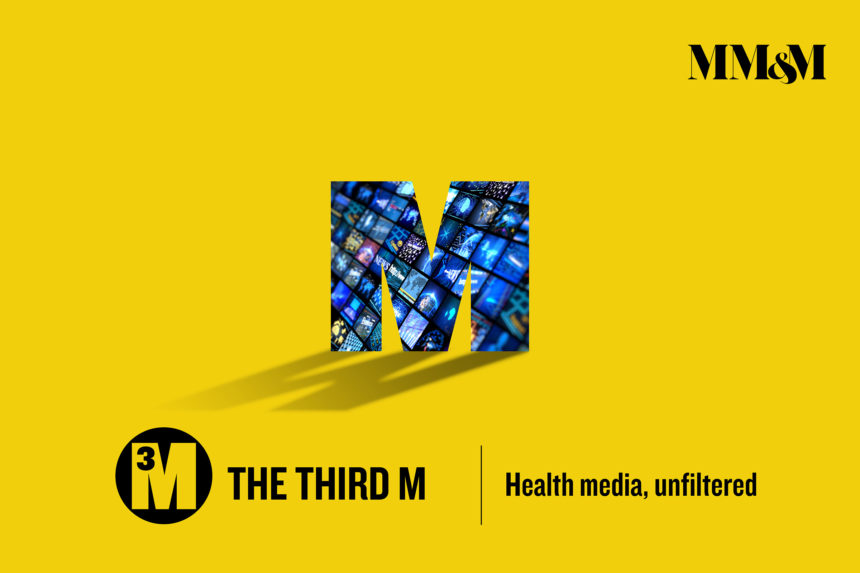1. This might’ve been the pharma/medical point-of-care marketing community’s official coming-out party
Given the high degree of interest and investment in the space, it’s almost silly to position it that way. At the same time, by several attendees’ reckoning this represented the largest get-together to date specifically catering to POC-adjacent organizations – the first point-of-care prom, so to speak.
Energy was high. The presenters were animated. The outside-the-hall conversations were involving. Nothing about the event felt rote. Sure, there was a hint of preaching-to-the-choir about it all, but show me an industry klatch that avoids any such boosterism altogether.
Give credit to PoC3 for both planning and execution. With the organization having released its long-awaited verification and validation guidance a few days prior, attendees were primed for more information on the POC big-three of content, measurement and technology. The event delivered on that promise.
2. The state of the point-of-care union is strong…
Among the numbers shared during the presentation by ZS associate principal Victoria Summers was this: healthcare-related POC spend could approach $900 million by 2022 and $1 billion by 2025 (2019 is expected to come in at $571 million). That’s higher than previous estimates; the room buzzed audibly when Summers shared the sums.
3. …but keep your eyes on D.C.
Anyone who has heard Coalition for Healthcare Communications executive director Jon Bigelow speak knows that, whatever might be happening in Washington at a given moment, he rarely strikes an alarmist tone. That’s probably why his presentation, during which he offered a plainspoken explanation of how widespread anti-pharma sentiment could result in regulation that would hit the point-of-care space hard, served to temporarily quash the good vibes.
Bigelow noted that the End Taxpayer Subsidies For Drug Ads Act, cosponsored by Senators Elizabeth Warren, Jeanne Shaheen, Bernie Sanders and 13 other Democrat Senators, would end the tax-deductibility of pharma marketing expenses. Bigelow also noted that the appointment of Dr. Stephen Hahn as FDA commissioner (he was formally nominated a few hours later) could push the FDA into another “period of drift.” Left unsaid: Any delays in the drug-approval process, which accelerated under the last three FDA administrations, would leave pharma companies with fewer drugs to promote… and POC networks with less content to populate their screens.
4. Technology will transform point-of-care marketing faster than you expect
This was hammered home in an anecdote shared by Intouch Group EVP, head/innovation and media Justin Chase, who recounted a recent experience at a wellness spa. When he expressed interest in an IV infusion designed to boost his energy level (“I got married this weekend, but because I was on a diet for three weeks I felt a little crummy”), the person behind the desk executed a 180-degree spin of her tablet and immediately tele-connected him with a physician located miles away.
Chase characterized the inability (or reluctance?) of brands to provide such advanced yet technologically feasible service as “an enormous missed opportunity.” He believes, however, that the use of AI tactics and other health-tech advancements will allow marketers to create a superior point-of-care experience.
“Every single one… is going to be different and personalized. No two patients at the point of care will have the same experience,” Chase predicted, later adding, “There needs to be innovation injected into the point of care.” The ultimate goal: a care ecosystem that naturally unfolds around the patient.
5. Technology will also transform HCP and rep interactions in and around the point of care
Marketers sure seem to be paying more attention to the waiting room than the exam room. Nonetheless, Chase discussed the potential for conversational interfaces (via Alexa and the like) to “free the doctor up” during his or her fleeting moments with patients. “Technology can be implemented in the exam room to create much more of a lean-in experience,” he said.
Similarly, AI-infused language and content analysis could help reps interact more effectively with HCPs. “The way doctors communicate is very unique,” Chase explained. “They have their own lexicon… cardiologists and immunologists have their own lexicon nuances.” If technology can help pharma marketers “crack that code,” they can arm their reps with smarter and more precise talking points in advance of their increasingly curtailed HCP engagements.
6. The words “Outcome” and “Health” were not spoken during the event
At least not contiguously, anyway. There were some oblique references to “issues” that “were faced” in the point-of-care space two years ago – note the use of passive verbiage – but otherwise mentions of the company and its alleged fraudulent activity were essentially absent.
This felt like an odd choice, given that, one, Outcome Health has bent over backwards under its new leadership to right old wrongs and, two, that the industry as a whole significantly tightened its belt in the wake of the “issues.” Would we have PoC3’s enhanced verification and validation guidelines were it not for a triggering event of that nature? Would the organization have expanded its membership beyond the existing network base?
7. Pharma isn’t sleeping on POC anymore
Until about 18 months ago, a great majority of the conversation around POC marketing was driven by the networks themselves. It had a frustrated and occasionally desperate feel to it, like “Hey! Look at us! Over here!”
But judging by attendance at the PoC3 event – I counted some 150 people, with companies like Sanofi, AstraZeneca, CVS Health, Novartis and Regeneron represented on the official roster – that has changed. PoC3 has done fine advocacy work over the last few years, both in terms of providing in-demand metrics and welcoming media buyers and other non-network-affiliated individuals into its midst. Once a few case studies around successful POC-first programs make their way into the public domain, expect the level of interest to intensify even further. In short, the arrow is pointing in the right direction.
The Third M is MM&M’s weekly health media column. Got idea or questions? Contact Larry Dobrow at [email protected]







